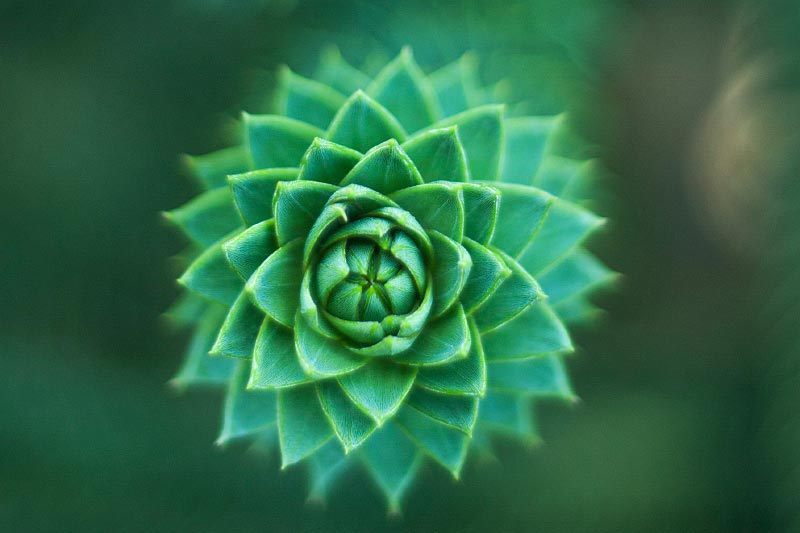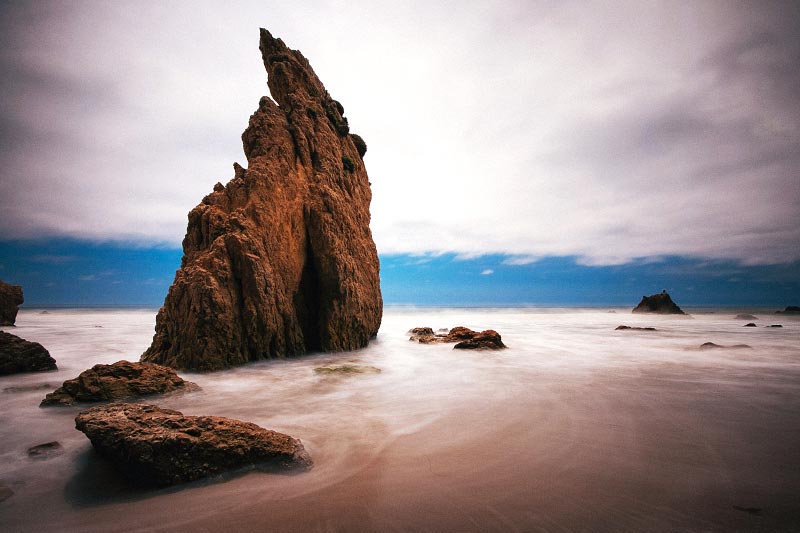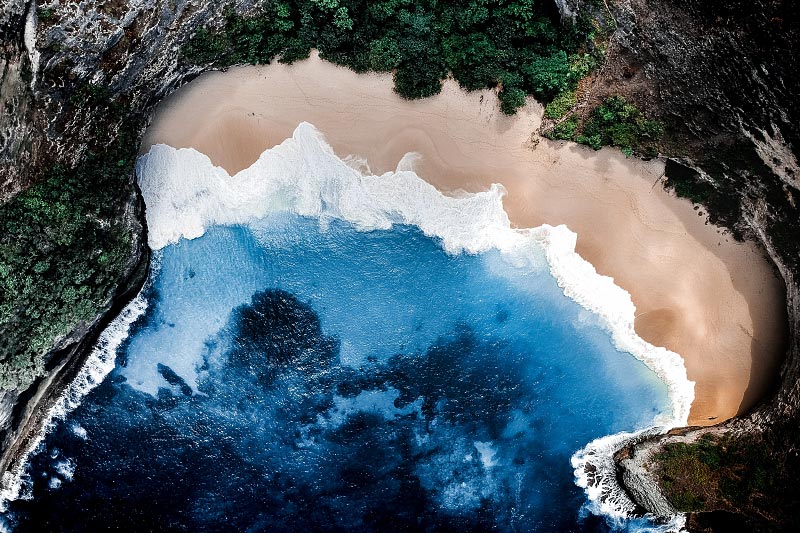Pyramids of Giza: Saqqara Necropolis

Saqqara is a vast ancient burial ground located in the desert just outside of Cairo, Egypt. It is home to numerous pyramids and mastabas, which are rectangular, flat-roofed tombs made of mudbricks. Among the most famous structures in Saqqara is the Imhotep Museum, which opened in 2006 and houses a collection of artifacts related to the history of Ancient Egypt. The museum is named after Imhotep, a royal architect who is credited with building the first monumental structure out of stone, the stepped Pyramid of Djoser.
The Pyramid of Djoser is perhaps the most famous structure in Saqqara. It was built in the 27th century BC, making it the oldest stone structure of its size in the world. The pyramid is a six-tier, four-sided structure that once covered in polished white limestone. It was originally 205ft (62.5m) tall with a base of 358x397ft (109x121m). Beneath the pyramid is a 6km labyrinth of tunnelled chambers and galleries that meets with a central shaft, providing the king with space for his and his family’s burials and the storage of goods and offerings. Once completed, it stood out from the large mastabas that were constructed out of mudbricks.
The Pyramid of Djoser is the only stepped-pyramid that was fully completed and continues to exist. A pyramid typically requires 20 years to complete. Djoser, one of the principal leaders of the 3rd Dynasty, ruled for between 19-28 years, as such he saw the completion of his pyramid. Djoser’s successor Sekhemkhet attempted to build his own pyramid, but it was left unfinished due to unknown reasons.
Adjacent to the Pyramid of Djoser is the Mastaba of Mereruka. Mereruka was a vizier, a high-ranking and powerful official, and son-in-law to King Teti, the 1st pharaoh of the sixth dynasty. The Mastaba of Mereruka is the largest of all non-royal tombs in Saqqara. It has a complex floor plan consisting of 33 chambers, of which 21 are dedicated to Mereruka himself and the rest to his wife and son. The mastaba is elaborately decorated with vibrant reliefs and a lifelike statue. It was hidden from view until archaeologist Jacques de Morgan discovered and excavated it in 1892.
Beside Mereruka’s mastaba is the Pyramid of Teti. Once a smooth-sided pyramid, it now resembles more of a hill, largely due to poor preservation. However, the interior chambers and corridors are very well preserved. It is unknown how long Teti reigned but it is estimated at 12 years. Teti had several wives and up to 13 children (3 sons and 10 daughters). It is thought that he was murdered by his bodyguards in order to make way for Userkare’s reign. It is debated whether Userkare was possibly a son of Teti and whether he was a legitimate heir. Regardless of circumstances, his reign was short-lived, less than 5 years, when he was succeeded by Teti’s son Pepi I.
Teti’s predecessor was Unas, the last pharaoh of the 5th dynasty. His smooth-sided pyramid built in the 24th century BC was the smallest of the Old Kingdom. What made it significant though was the discovery of Pyramid Texts which were funerary texts carved into walls of burial chambers to help a pharaoh’s spirit to be preserved in the afterlife. Unas’ pyramid was the first inscription of such texts and at that time was reserved for pharaohs.
Want to join this challenge? Click here.
More from the Pyramids of Giza Challenge:







Keep In Touch